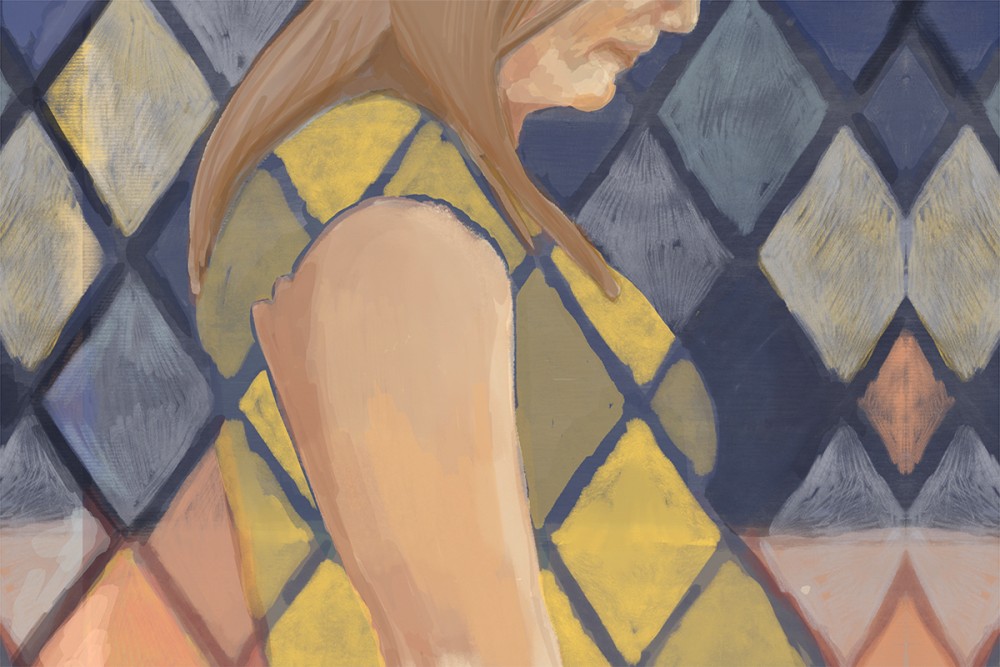My fertility journey with Mary
Navigating agency and surrender with my namesake, the mother of God

My mother didn’t like the name Mary: too Catholic. And she didn’t much like my grandmother for whom I was named: too Baptist. But she did believe in giving her children proper names after their grandparents, so in the end, tradition won out. I was named Mary after my father’s Virginian mother but called Polly “for short,” even though it’s longer.
To me Polly sounded childish, which admittedly I was but only temporarily, and user-friendly, which I was for a much longer period at great cost. Mary, on the other hand, was the name for a queen. Mary, which I reclaimed in my 20s after an unprovoked physical attack by a stranger gave me permission to be royally pissed, was the name of someone with good boundaries and good posture. Someone who could grow two inches taller just by engaging her stomach muscles.
Mary the mother of God is depicted in most famous Western European paintings of the Annunciation with alabaster skin, usually in interior settings. We see her poised on fine furniture, bathed in a halo, a lily bending on a long stem in the background. Sometimes, slightly recoiling, she seems alarmed. At other times, entranced, she leans slightly forward. Either way, she is reacting with her whole being to the presence of the glory of the Lord, who is an angel. Yes, she says to what it is that God asks, accepting with grace a reality beyond her comprehension. I imagine her reclining, the Word expanding exponentially beneath her robe.




